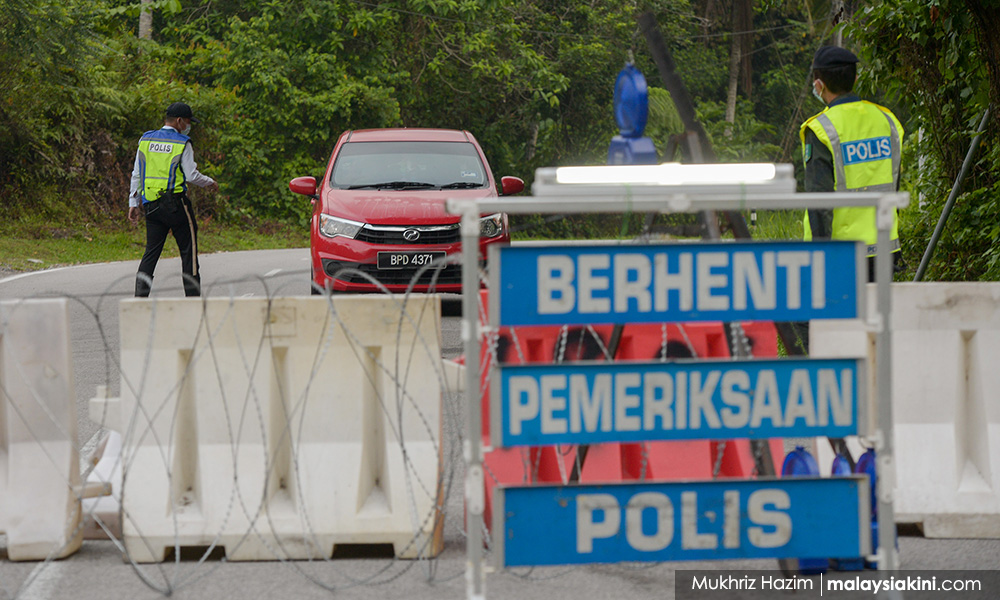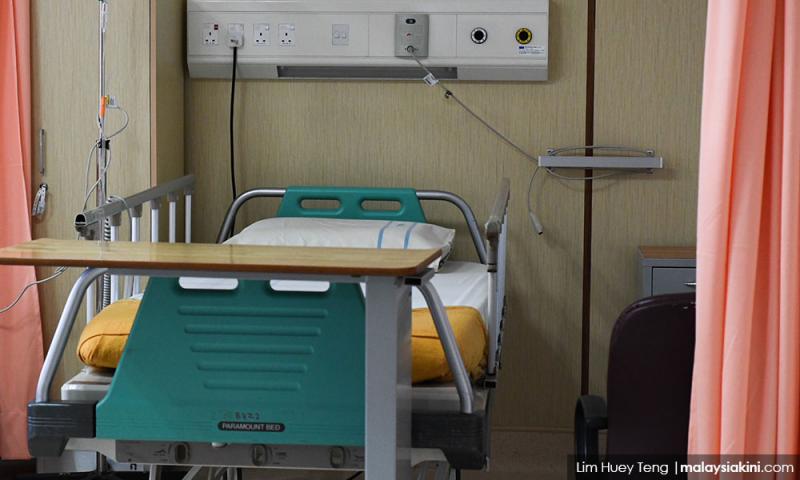Young Covid-19 fatalities came in too late to be saved - Health DG
CORONAVIRUS | Covid-19 death cases that involved younger age bracket patients mostly came to the hospital too late, says Dr Noor Hisham Abdullah.
The Health director-general revealed this today when elaborating on the mortality trend of cases linked to the virus which has to date has cost 50 lives in the country.
"We also have death cases involving young patients like the one aged 34 and the youngest was 27. But (this was because) they came at a very late stage.
"They came when they were already at stage 3 or 4 (of a Covid-19 infection), where they already have pneumonia and need assistance to breathe.
"And among these (who came late), there are those whom we could not save," he told a press conference in Putrajaya.
Noor Hisham had previously said that there were five stages of a Covid-19 infection. The early stages of the virus infection are stage 1, where a patient is positive but does not show any symptoms and stage 2 when a person is positive but only shows mild symptoms.
Those at stage 3 develop some form of pneumonia while those at stage 4 are those already suffering breathing difficulties and in need of oxygen support.
The next stage, or stage 5, are patients who can no longer breathe on their own and have to be intubated and put on ventilators.
During the press conference today, Noor Hisham said that the ministry had a team led by its former deputy director-general Dr Christopher Lee to review all Covid-19 death cases to find useful trends.
Besides coming in for treatment at a late stage, the team found that there were two other high-risk groups.
"There are many (who died of the virus) who have diabetes, hypertension and low immunity. This made up about 67 percent of the total number of death cases," he said.
The other group at risk, Noor Hisham added, was those from the very senior age group.
As of noon today, MOH recorded a total of 50 Covid-19 deaths, while the number of positive cases rose to 3,116.
Meanwhile, on the World Health Organisation's (WHO) prediction that Malaysia will see a surge in critical Covid-19 cases mid-April, Noor Hisham said the ministry shared the same view.
He said this was why the government imposed the movement control order (MCO) which has now been extended until April 14.

"Perhaps, within this crucial two-week period, if we all can come together and play our role by staying at home and have social discipline among us, hopefully, we can flatten the curve.
"Hopefully we can do that by the end of the first week of April or in the second week," Noor Hisham said.
He added that MOH's aim to flatten the curve was not to have zero cases but to ensure that its facilities could cope with a certain number of cases.
On hotspots which have been put under an enhanced MCO, Noor Hisham said they have detected an increased number of cases in Sungai Lui, Hulu Langat in Selangor and Kluang in Johor.
He said the total number of positive cases detected in Sungai Lui as of noon today was 287 while in Kluang, the number has risen to 122.
Asked on the stock of personal protective equipment for the use of healthcare frontliners, Noor Hisham told reporters that they now have enough supply of such equipment.
However, they have a new issue at hand which is the distribution of the items to the hospitals and clinics that needed them.
"We hope that within this week we can settle this. We are trying our best to address the logistical issues like sending the items to Sabah and Sarawak, for example."
He said MOH had recently received 50,000 face masks and another 50,000 sets of other PPEs. This was on top of 500,000 pieces of face masks that China donated to Malaysia.
Keep up with the latest information on the outbreak in the country with Malaysiakini's free Covid-19 tracker.
Malaysiakini is providing free access to the most important updates on the coronavirus pandemic. You can find them here.
Help keep independent media alive - subscribe to Malaysiakini.
RM12.50 / month
- Unlimited access to award-winning journalism
- Comment and share your opinions on all our articles
- Gift interesting stories to your friends
- Tax deductable
